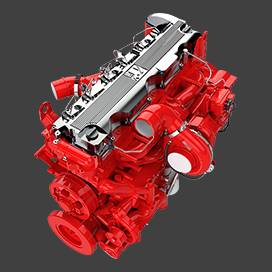Oct . 06, 2024 09:33 Back to list
rear brake shoes and drums
Understanding Rear Brake Shoes and Drums
When it comes to vehicle safety, few systems are as crucial as the braking system. Among its components, rear brake shoes and drums play a significant role, especially in vehicles equipped with drum brakes. Though many modern cars have embraced disc brake technology for their rear wheels due to performance and efficiency advantages, drum brakes are still prevalent, particularly in older vehicles and in certain applications like trucks and SUVs.
What Are Rear Brake Shoes and Drums?
To understand the function of rear brake shoes and drums, it’s essential to know how they work together. The brake drum is a hollow, cylindrical component attached to the wheel hub. The brake shoes, which are curved metal plates lined with friction material, sit inside the drum. When you press the brake pedal, hydraulic pressure forces the brake shoes outward against the inner surface of the drum, creating friction that slows down or stops the vehicle.
The design of rear drum brakes makes them particularly effective for lighter braking loads, which is why many manufacturers opt for them on the rear axle. However, this does not diminish their importance. Properly functioning rear brake shoes and drums are vital for a vehicle's overall stopping power and safety.
Maintenance and Replacement
rear brake shoes and drums

Like any other component of a vehicle, rear brake shoes and drums require regular maintenance. Brake shoes generally wear down over time, and their friction material can become glazed or worn, reducing their effectiveness. If you hear grinding noises while braking, it may indicate that the shoes have worn down to a point where the metal backing is making contact with the drum.
Regular inspection is key to ensuring that your brake system remains reliable. Mechanics often recommend checking brake shoes every 10,000 to 15,000 miles, although this can vary based on driving habits and vehicle type. Signs that your rear brake shoes need replacement include squeaking noises when you brake, a unresponsive brake pedal, or a pulling sensation in one direction when you brake.
When it comes to brake drums, they can warp or become out of round over time, which can lead to pulsations during braking. If a drum is excessively worn or damaged, it should be replaced to ensure optimal performance.
Choosing Quality Parts
In the aftermarket, brake shoes and drums come in various quality levels. It’s vital to choose parts that meet or exceed OEM specifications for reliability and safety. Installing high-quality components can lead to longer-lasting performance and improved safety margins.
In summary, while often overlooked, rear brake shoes and drums play a crucial role in your vehicle’s braking system. Regular maintenance, timely replacement, and the use of quality parts are essential for ensuring your vehicle remains safe on the road. Always consult with a professional mechanic if you're uncertain about the condition of your brake components. Staying vigilant about your brake system can not only save you money in the long run but also help protect you and others on the road.
-
Scania Brake Drums: OEM Quality for Optimal Safety & Durability
NewsAug.16,2025
-
R.V.I: Advanced Remote Visual Inspection for Precision
NewsAug.15,2025
-
Discover HYUNDA: Innovative Vehicles, Equipment & Solutions
NewsAug.14,2025
-
R.V.I: Unlock Advanced Insights & Real-time Performance
NewsAug.13,2025
-
Kamaz Brake Drum: Durable & Reliable for Heavy Duty Trucks
NewsAug.12,2025
-
Heavy Duty Iveco Brake Drum - Premium Quality & Safety
NewsAug.11,2025
